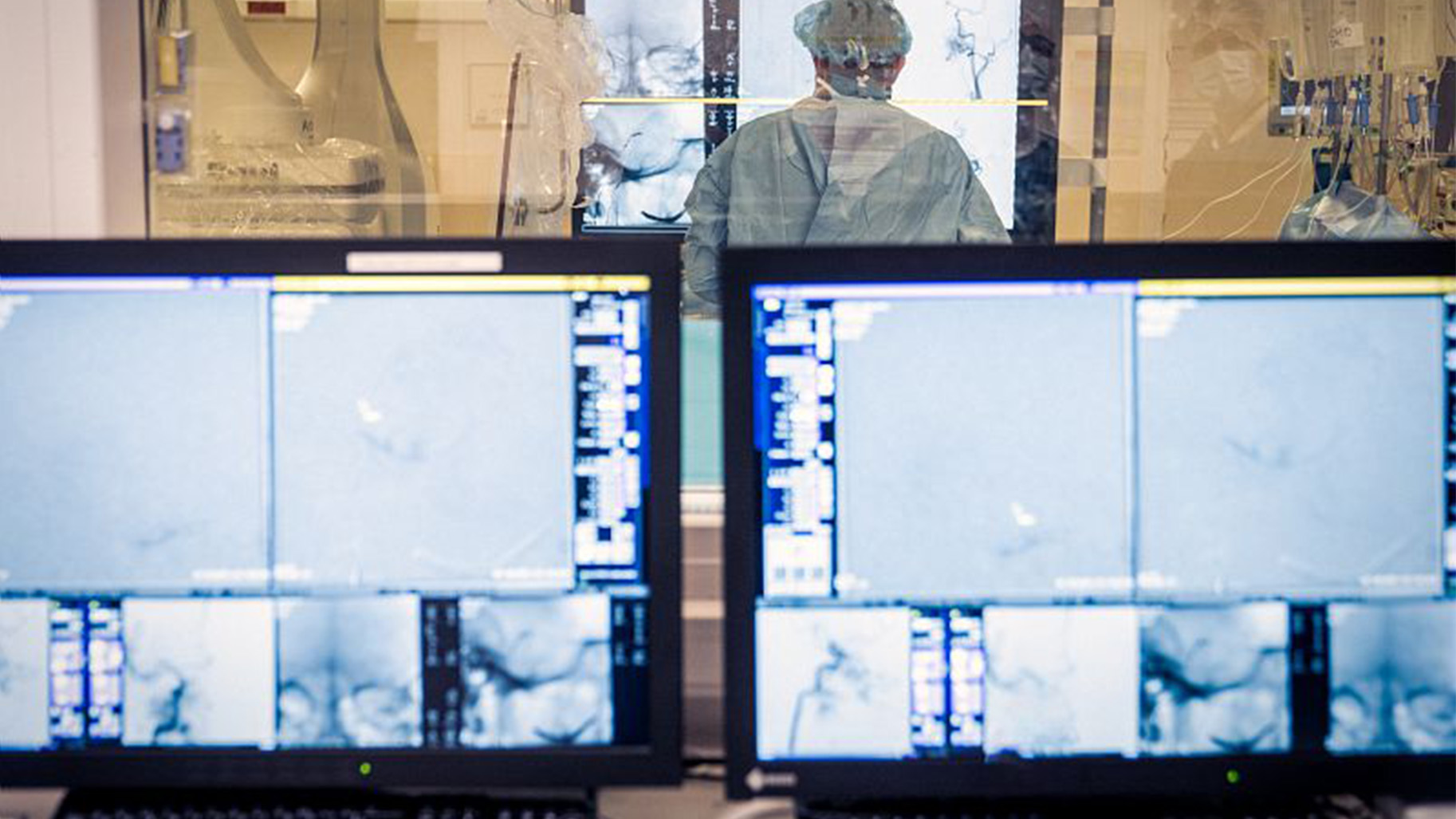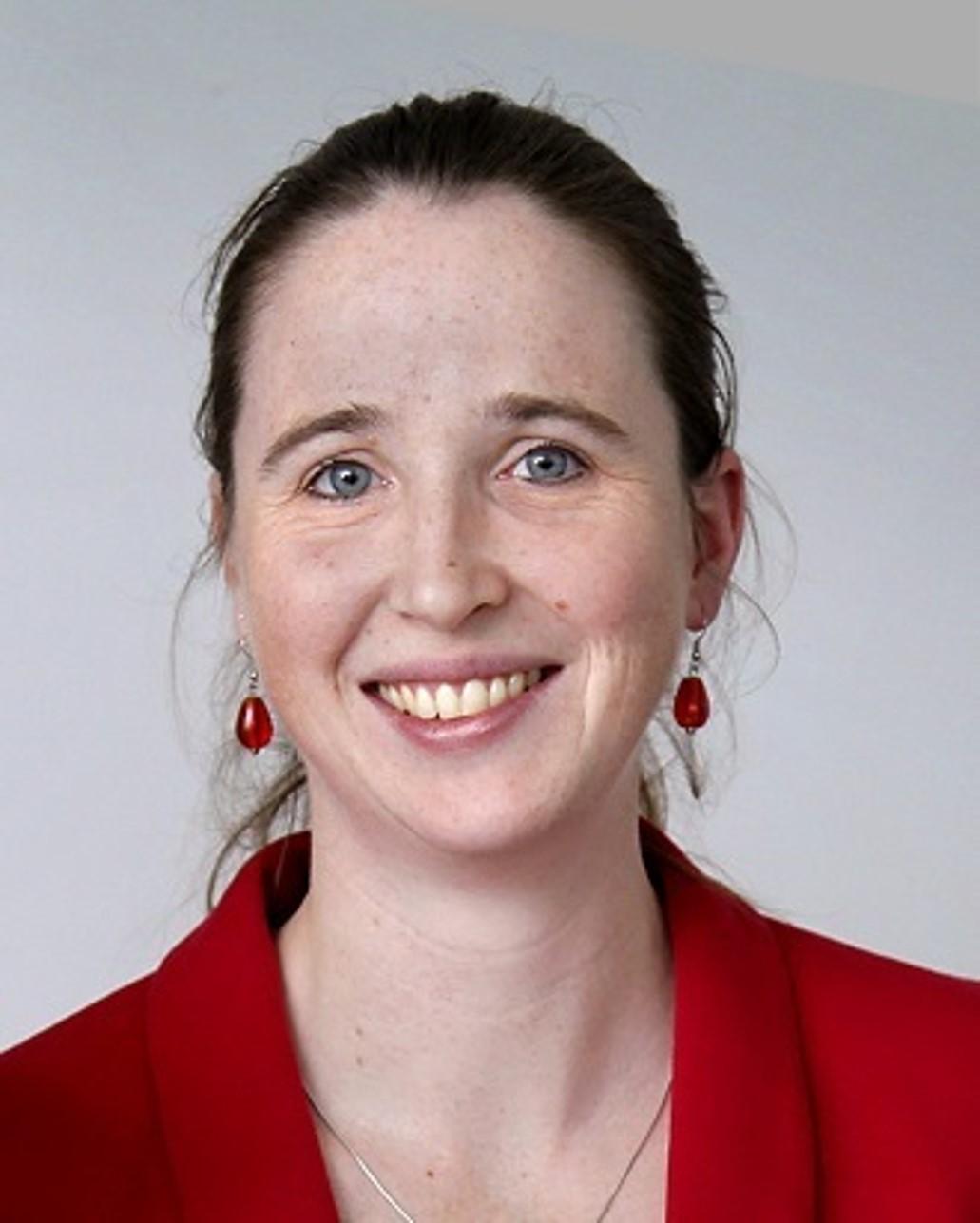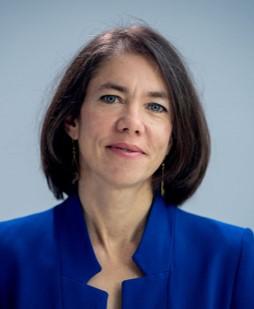
A range of applications for digital twins in health
Do you know what a digital twin is in medicine when applied to an individual? “A digital twin is a simplified mathematical representation of a given person”, explains Irène Vignon-Clémentel, joint head of the SimbiotX project team alongside Dirk Drasdo. “They are configured using specific data on a patient in order to help clinicians to develop a better understanding of their health and how it is progressing.”
In cardiology, for example, certain heart parameters that would otherwise be difficult to analyse can be evaluated by applying blood flow and blood pressure measurements to a digital twin. Virtual twins can be used in orthopaedics to determine whether or not a prosthesis is suitable for a patient, and can also be used to predict the effects of treatment, surgery or medicinal products. The possible applications are endless.
Finding the right solution for patients
Ongoing changes are making the use of digital twins increasingly essential. “As life expectancy increases, doctors are seeing a greater number of comorbidities in patients”, says Liesbet Geris, executive director of the VPH (Virtual Physiological Human Institute) and coordinator of the EDITH European programme. “It can be difficult to understand interactions between diseases, organs and medicinal products. Medical staff also have access to more and more information, and it can be difficult to take all of it into account.”
Digital twins won’t replace doctors, but what they can do is provide answers, making it easier to integrate all of the different data and to find the right solution for patients. They are also useful against rare diseases: in situations where the relatively small number of cases makes it difficult to conduct clinical trials for new drugs, the use of digital twins makes it easy to add virtual patients.
19 partners involved in EDITH for a shared digital twin
VPH Institute (Belgium), Lynkeus (Italy), ACC Cyfronet AGH (Poland), Athena (Greece), BSC (Spain), DigitalEurope (Belgium), Empirica (Germany), EPFL (Switzerland), FORTH (Greece), HITS (Germany), Inria (France), Jülich (Germany), PI School (Italy), QMUL (United Kingdom), RWTH (Germany), ULiège (Belgium), UNIBO (Italy), UvA (Netherlands), Vito (Belgium)
The medicine of the future: unifying the digital twin ecosystem
Keen to harness the potential of this booming sector, the European Commission launched EDITH. “The European Commission tasked us with facilitating the deployment of digital twins at a European level”, explains Liesbet Geris.

Verbatim
This isn't a research programme; it is aimed more at coordination and support, the goal being to pool all of the work carried out within the ecosystem linked to the development of digital twins, in addition to evaluating legal barriers and addressing the issue of intellectual property.
Executive director of the VPH (Virtual Physiological Human Institute) and coordinator of the EDITH European programme
Since late 2022, EDITH and its partners (see inset) have sought to promote a collective dynamic through regular meetings and by sharing the latest news on digital twins. “A number of working groups were created in order to tackle all of the different issues: studying current digital twins in Europe; compiling a comprehensive map of all stakeholders, initiatives and possible obstacles; drafting a roadmap for the development of a European digital twin; and introducing a reference document and a simulation platform for the various different use cases”, explains Irène Vignon-Clémentel.
Significant involvement from Inria
SimbiotX has played a major role, contributing to each of these different working groups, and has been particularly active when it comes to the development of the ecosystem. It was SimbiotX that staged the first EDITH workshop at the Institut Polytechnique de Paris in January 2024. “This was attended by close to 200 people from across Europe, including doctors, patients, legal practitioners and figures from the worlds of academia and industry”, explains Irène Vignon-Clémentel. “Brainstorming sessions gave them an opportunity to all share their visions.”
A second workshop is scheduled for July 2024 in Amsterdam, which it is hoped will attract even more attendees and future partners, the goal being to stimulate new ideas and move forward as one.

Verbatim
Each individual stakeholder involved in digital twins is like a tree standing on its own. But trees need forests in order to survive. They need roots and branches, pollinators, microbiota in the soil. Creating this forest will enable us to develop a shared, interoperable digital twin that will be of use to everyone.
Joint head of the SimbiotX project-team
A manifesto, use cases and a roadmap
The foundations of this ecosystem have already been laid, with a manifesto outlining the main areas of focus for the EDITH programme, the goal being to promote the use of digital twins in healthcare systems. “Close to 100 stakeholders have already signed this manifesto - from major groups and startups to universities and associations”, says a pleased Liesbet Geris. “They are committed to working with the European Commission on this subject.”
The consortium is also developing a collaborative platform for knowledge and data sources, the end goal of which is to accelerate the development of a European digital twin in health employing the use of safe and secure data. Five initial use cases – cancer, cardiovascular disease, intensive care, osteoporosis and the brain – have been selected, and a call for contributions is now open for people to suggest other use cases.
The EDITH programme is scheduled to come to an end in December 2024. “By then we expect to have completed our roadmap, leading to the publication of a white paper, the aim of which will be to promote the sharing of knowledge on digital twins in health”, explains Liesbet Geris. “There will be a whole chapter on recommendations for initiatives for the European Commission and its members to launch, thereby enabling the collective development of a single reference document for digital twins in health with regard to data, practices and shared models.” Further down the line, this could lead to personalised medicine for patients.
Find out more
- An EU initiative on human digital twins, European Commission, 20/12/2023.
- Recreating organs on computers: “digital twins” with Esprit Sorcier (video), La Maison de l’Intelligence Artificielle, 10/5/2023.
- Digital twins for real-life healthcare: modelling the healthcare of the future with SimbiotX, Inria, 11/1/2022.
- Pushing the boundaries of machine learning, Inria, 20/11/2023.
- Digital twins in health: the perspective of the MΞDISIM project team (video), Inria, 27/9/2021.
- Self-care through the use of digital twins (video), Télé Matin, 15/1/2019.